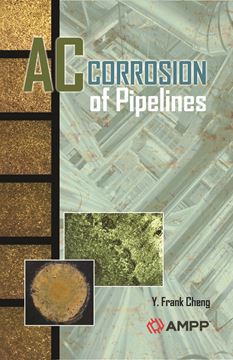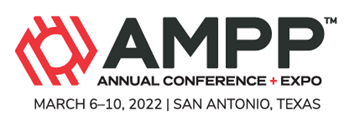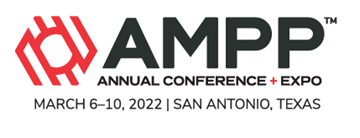Search
Unmasking AC Threats On Petrochemical Pipelines
Also Purchased
Case Study - Sharing An AC Mitigation System
Product Number:
51322-17786-SG
Publication Date:
2022
$20.00
Comparing AC Study Techniques In Addressing AC Corrosion Risk
Product Number:
51322-17735-SG
Publication Date:
2022
$20.00
Recently viewed




